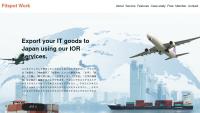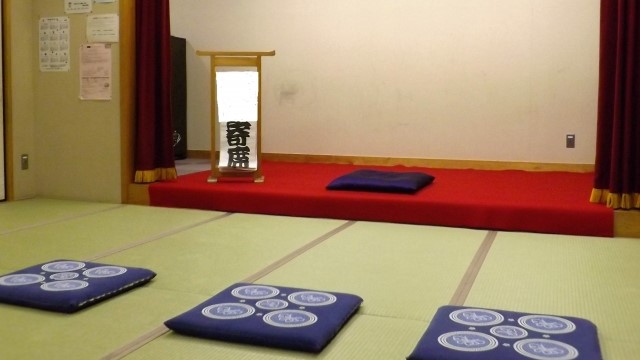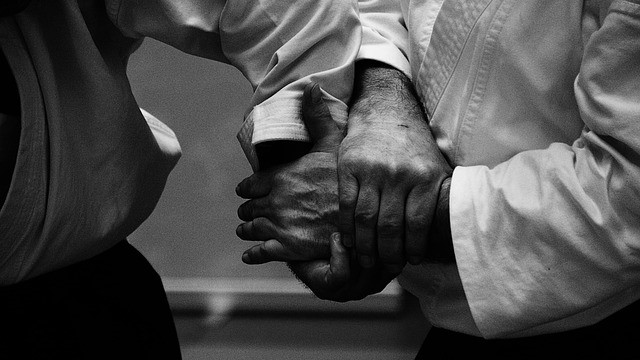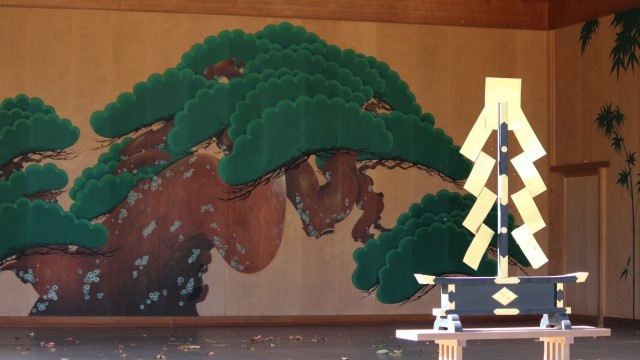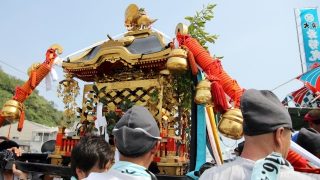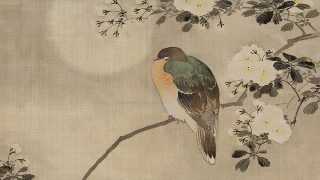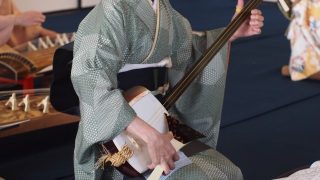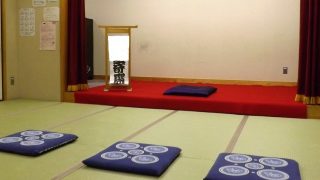About Hanabi (花火- fireworks)
Hanabi (Fireworks) is one of the most popular summer attractions in Japan. Fireworks festivals are held all over the country, attracting many people. Our heart dances to the loud sound, and we get excited about the colorful glow of flowers in the night sky.
Going out to watch Hanabi (fireworks) in Yukata at nightfall is one of the pleasures of a hot Japanese summer.
It’s also fun for families and friends to choose their own fireworks to enjoy in the garden.
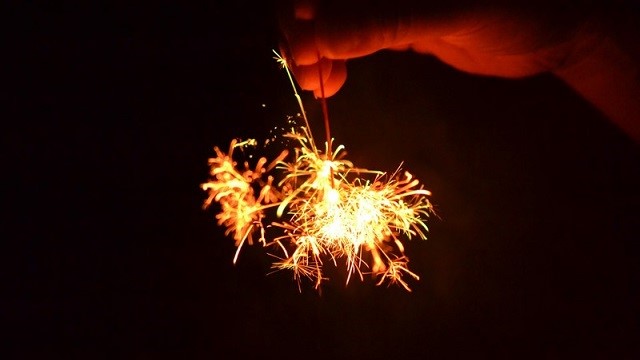
The beginning of Hanabi
Gunpowder, the source of Hanabi (fireworks), was invented in China and used to intimidate opponents and start fires. Hanabi (fireworks) are a fine byproduct of this gunpowder, invented in China.
In Japan, it is said that gunpowder was introduced along with guns to Tanegashima Island in 1543, and since then, it has been manufactured in Japan. Hanabi for viewing only appeared in the Edo period (1603-1868) after the conflict had ended.
There is a record of Tokugawa Ieyasu watching the Hanabi in 1613, Edo period.
In 1733, Hanabi was set off at the “Suijin-Sai” (water god festival) held in Tokyo’s Ryogoku area to commemorate the deaths from the cholera epidemic of the previous year and to ward off an outbreak of the disease. It was only after this time that Hanabi became a regular event. It can be said that this was the beginning of the original Sumida River Fireworks Festival, which is the root of the Hanabi festival in Japan.
After the Meiji era (1868-1912), Hanabi, which used to be only a dark reddish-orange color, became rich in color.
The perfectly spherical Japanese Hanabi is said to be one of the most famous fireworks in the world.
What are “Tamaya” and “Kagiya”, the shouting of Hanabi?
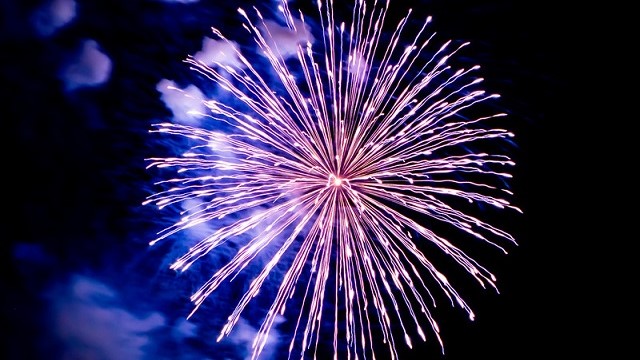
In Japan, when fireworks are set off, people around us shout “Tamaya!” and “Kagiya!”.
This is because the pyrotechnicians who were active in the Sumida River fireworks in the past are “Tamaya” and “Kagiya.” At first, Yahei Kagiya, the 6th generation, was in charge of the fireworks festival. Still, eventually, the manager of the Kagiya branch split the business and took the name Tamaya Ichibei, and “Tamaya” and “Kagiya” were in charge of the upstream and downstream parts of the Sumida River, respectively. It became a competition between the two major fireworks artists. To cheer for this, people called out “Tamaya!” and “Kagiya!” which still remain to this day.
The “Kagiya” continued to develop various fireworks and lead the fireworks industry in Japan, and now the female owner is the 15th generation of the Kagiya. The company is committed to enhancing the appeal of fireworks by focusing on sound and focusing on the revival of “Japanese fireworks,” an ancient Japanese firework.
The current Hanabi (fireworks)
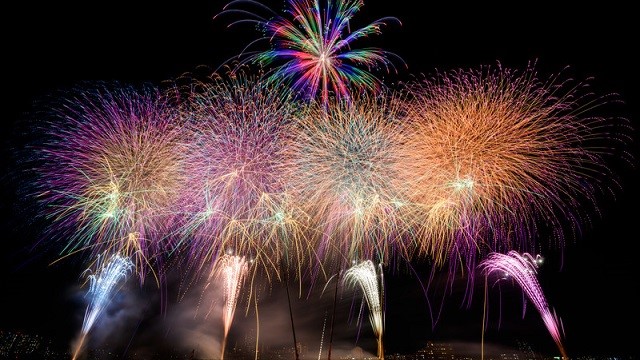
After all, Hanabi (fireworks) is one of the highlights of summer in Japan.
During the summer, fireworks festivals are held all over the country, and many people enjoy them.
The oldest fireworks festival in Japan, the Sumidagawa Fireworks Festival, draws nearly a million spectators, and there are many other popular fireworks festivals in Tokyo, such as the Edogawa-ku Fireworks Festival.
Around 1,000 fireworks festivals are held annually across the country, from Hokkaido in the north to Okinawa in the south.
How about going to see fireworks in the summer in Japan?



